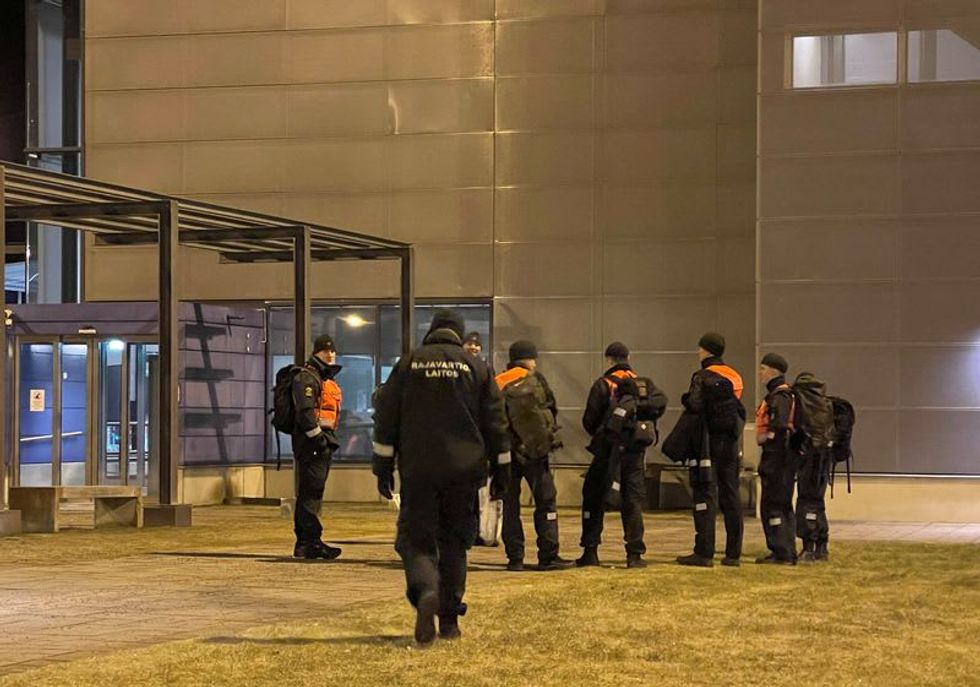Exploring the Border: A Look into Finland and Russia’s Crossings
HELSINKI/NUIJAMAA, Finland — Finland early on Saturday closed four crossings on its border with Russia as Helsinki seeks to halt a flow of asylum seekers it says was instigated by Moscow.
As tensions rise between Finland and Russia, the border crossings between the two countries have become a focal point of controversy. The Finnish Border Guard recently announced the closure of four key crossings in southeast Finland – Vaalimaa, Nuijamaa, Imatra, and Niirala. These border posts have historically facilitated significant travel and trade between Finland and Russia, making the closures a significant development in the region.
Implications on Finland and Russia
For Finland, the decision to close these border crossings represents a strategic move to address concerns related to an increase in asylum seekers entering the country. Helsinki has attributed this influx to actions taken by Moscow, sparking tensions between the two nations. By closing the crossings, Finland aims to assert control over its borders and manage the flow of individuals seeking asylum within its territory.
On the other hand, Russia may view Finland’s actions as a hostile gesture, potentially straining diplomatic relations between the two countries. The closures could impact trade and travel between Finland and Russia, leading to economic repercussions for both nations. The decision to close the crossings reflects the complex dynamics at play in the region.
Effects on Individuals
The closure of the border crossings will have direct implications on individuals residing in Finland and Russia who rely on these points of entry for various purposes. Travelers, workers, and businesses that depend on the ease of movement across the border will now face challenges due to the restrictions imposed by the closures. This could disrupt daily routines and business operations, impacting livelihoods on both sides of the border.
Effects on the World
As Finland and Russia navigate the consequences of the closed border crossings, the international community will closely monitor the situation. The tensions between the two countries highlight broader geopolitical concerns that have implications for global security and stability. The actions taken by Finland may set a precedent for how other nations address similar challenges related to border control and immigration.
Conclusion
In conclusion, the closure of the border crossings between Finland and Russia signifies a significant development in the ongoing relations between the two nations. The decision reflects the complexities of border management, immigration issues, and diplomatic tensions that shape the dynamics of the region. Moving forward, it is essential for Finland and Russia to engage in constructive dialogue to address concerns and find mutually beneficial solutions to ensure the stability and prosperity of the border region.





